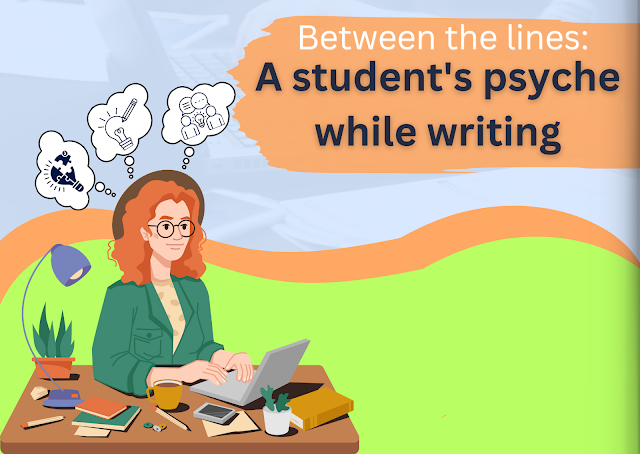Top Chrome extensions for exploring the writing process in 2025

“We have invented technologies, from axes to helicopters, that boost our physical capabilities; and others, like spreadsheets, that automate complex tasks; but we have never built a generally applicable technology that can boost our intelligence.” - Ethan Mollick Generative AI tools like ChatGPT are everywhere. They’re changing the way students learn, write, and submit their work. But there’s also a growing wave of uncertainty. Teachers, students, and educational institutions are all wrestling with a big question: How can we ensure AI is supporting student learning, not replacing it? It’s not always easy to tell whether a student is using AI as a helpful tool or leaning on it too much. Teachers are left wondering: Am I grading my students’ original work? Is this something that my student actually wrote or is it AI generated? As a help, AI detection tools are used widely. However, most AI detection tools are also not reliable. That’s why many institutions are doubling down ...




.png)


